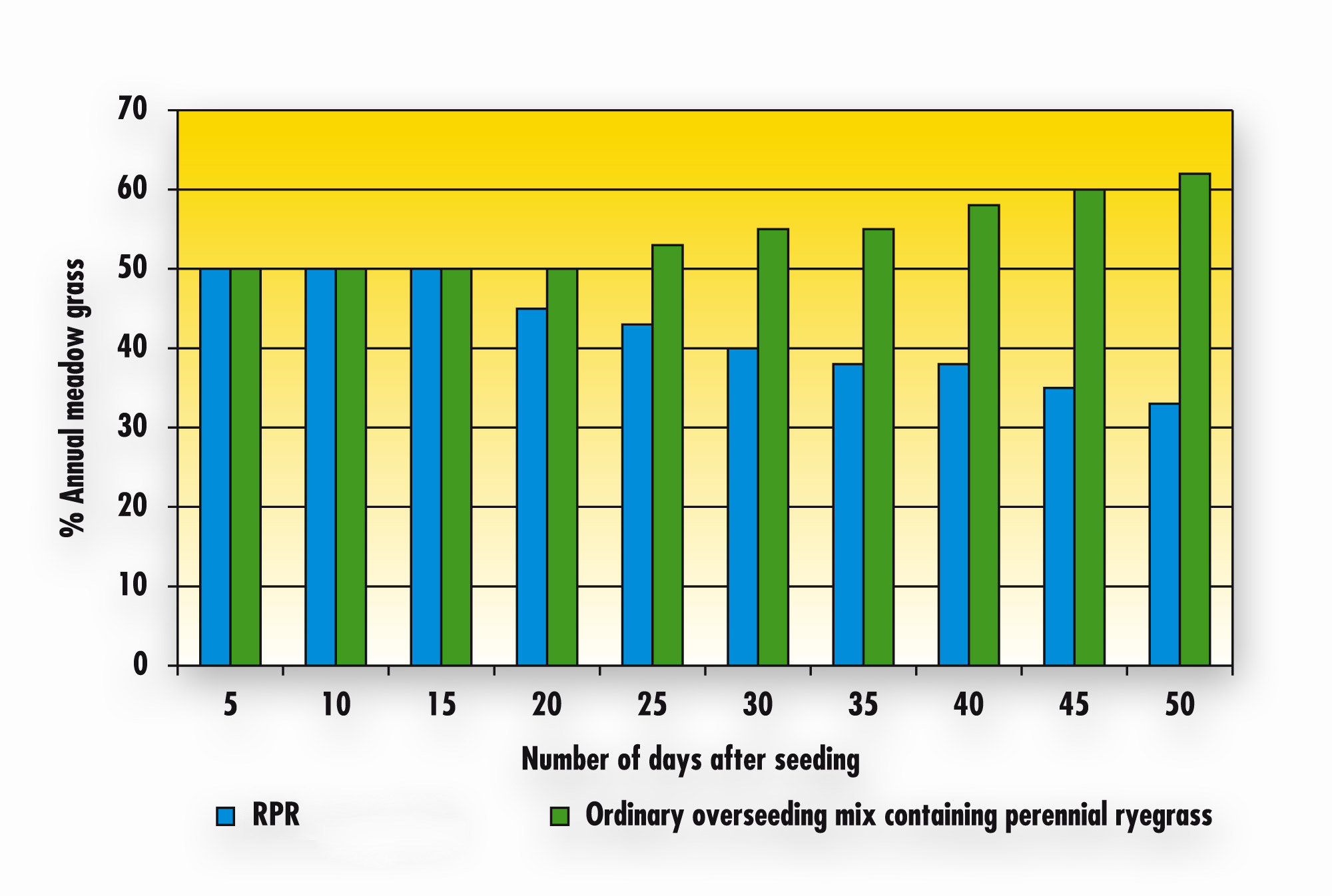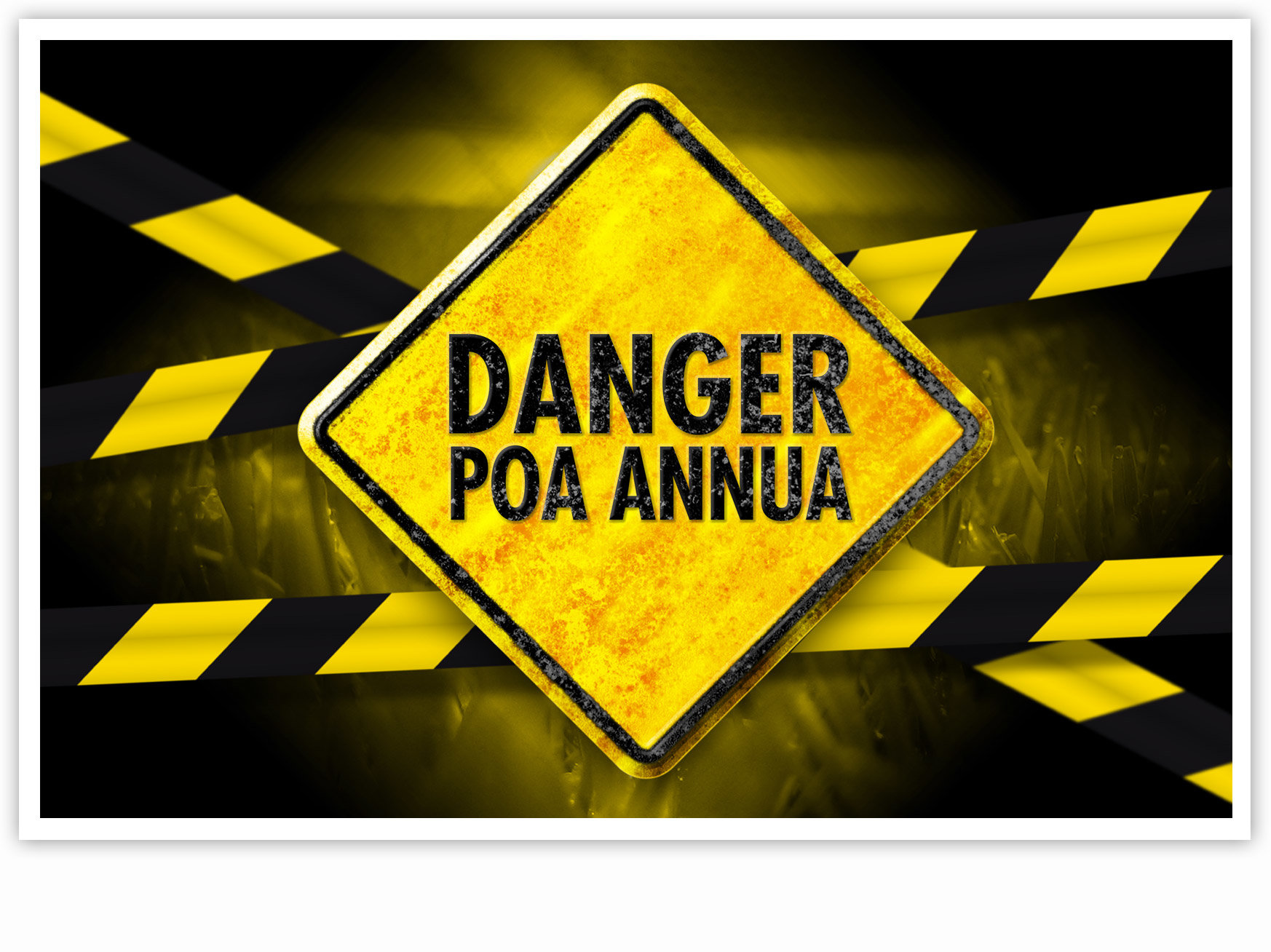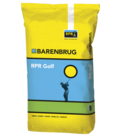Whether on the fairway or the tee, playing damage on a golf course cannot be prevented. When annual meadow grass grows in these areas, divots will soon be sliced out of the soil because of its shallow roots. Unsightly bare patches are the result; the last thing you want on a golf course. Again, a grass seed mixture is needed that ensures fast establishment and has the capacity to recover from damage, without requiring much extra maintenance. RPR® is a powerful product that has the ability to compete with annual meadow grass.
Fertilisation
The optimal pH value of annual meadow grass lies between 5.5 and 7. That is a little higher than the ideal pH value of colonial bentgrass. The annual nitrogen supply lies between 23 to 30 grams per m². Annual meadow grass appears as soon as early winter. The first nitrogen supply should therefore take place as early as March. In spring and autumn, annual meadow grass needs more phosphate than, for example, colonial bentgrass. Therefore, in order to control annual meadow grass, a decision could be made not to fertilise with phosphate.
Diseases
Diseases that often occur on golf courses with annual meadow grass are Anthracnose, Fusarium, Snow Mould, Dollar Spot, Typhula and Brown Patch. There are many products available for battling these diseases. Sustainability is increasingly important in our society, and frequent use of herbicides goes against this. ‘Prevention is better than a cure’ is what certainly applies here, too. Control annual meadow grass with a quality grass mixture, and the risk of diseases will be considerably reduced.









